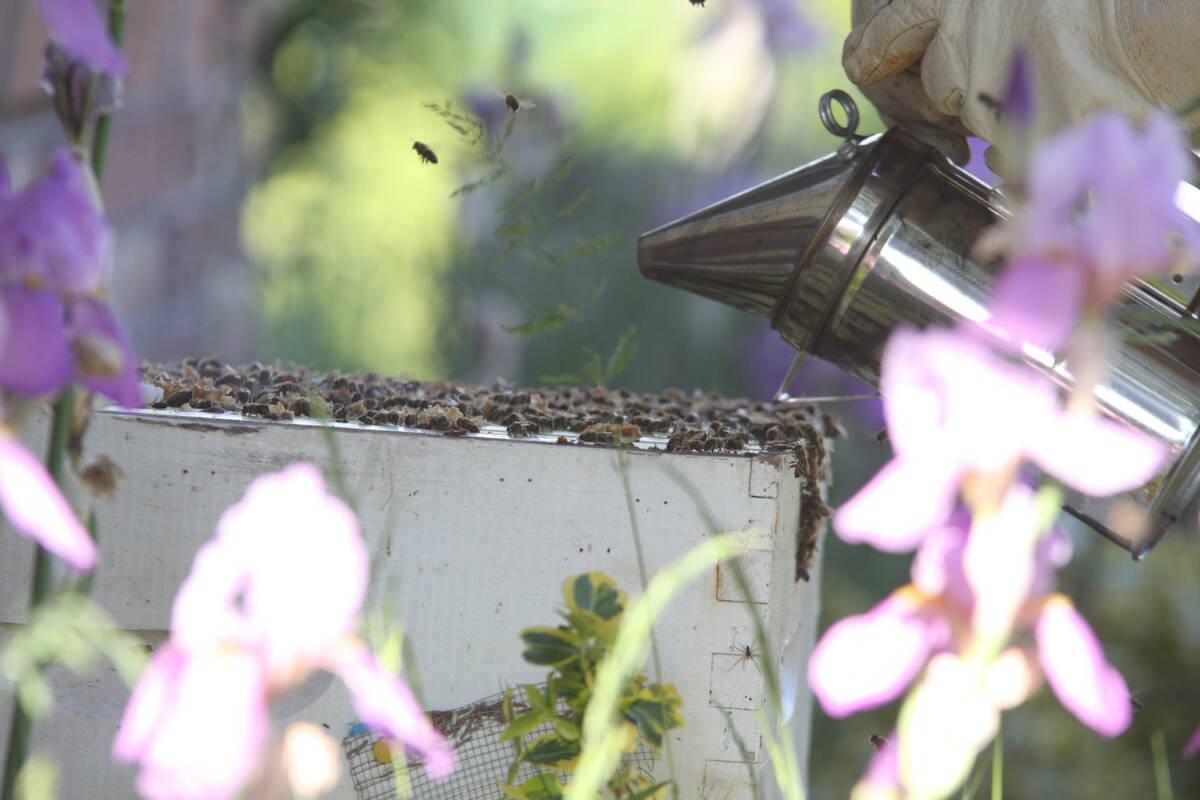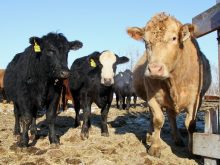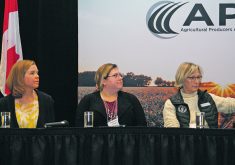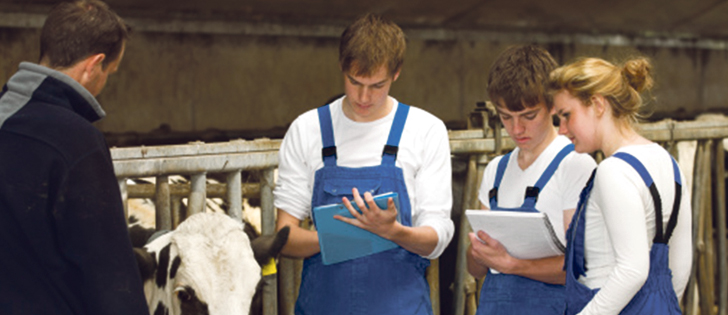Increased funding will allow Western College of Veterinary Medicine to accept 10 additional students starting in 2023-24
A shortage of veterinarians in rural Canada is an ongoing problem.
Now, provincial governments in Manitoba and Saskatchewan have announced more funding for the Western College of Veterinary Medicine in Saskatoon.
That means more students from those two provinces will soon be enrolled for vet training.
Starting in 2023-24, Manitoba will pay for five more seats at the college, going from 15 to 20 seats per year. Saskatchewan will increase its annual quota from 20 to 25 seats annually.
“(This) investment in additional student seats demonstrates our government’s commitment to addressing the shortage of veterinarians across the province,” said David Marit, Saskatchewan’s agriculture minister. “This initiative, along with the expansion of the Saskatchewan Loan Forgiveness for Veterinarians and Veterinary Technologists, will ensure that ranchers have access to the veterinary experts they need to provide the highest level of care for their animals.”
Read Also

Manitoba beekeepers battle for survival
Honeybee colony losses have hit 43 per cent, making 2025 the latest in a string of poor bee survival years for Manitoba’s honey producers
Increasing the number of students trained at the WCVM should increase the number of veterinarians in Western Canada, several years from now.
But the college is taking extra steps to ensure that some of those graduates become vets in rural Canada.
The WCVM is using different criteria for a percentage of its admissions to attract students who are more likely to become large animal vets.
“Last year in Saskatchewan we admitted three students… who had slightly different admissions criteria…. We don’t rely as much on their GPA,” said Gillian Muir, WCVM dean.
The college has always focused on students from rural areas and farms.
But this new admissions process (for a portion of students) will put even more emphasis on experience with livestock and other benchmarks that point to a vet career in rural Canada.
“With these new seats for Manitoba… those are going to be all rural-focused seats,” Muir explained.
Keri Hudson-Reykdal, Manitoba Veterinary Medical Association president, praised the Manitoba government for the investment.
“There is currently a large shortage of veterinarians in Manitoba. The commitment to educating more veterinarians will help alleviate the shortage over the long term.”
In the last year or two, there’s been dozens of media stories about the vet shortage in Canada.
But the data shows that the number of vets employed in Canada has increased in the last several years, from less than 12,000 in 2015 to more than 12,000 in 2019.
Muir confirmed that the number of vets in Canada has not drastically declined.
The number of vets registered to practise is stable or growing slightly.
What could be happening is that more vets are working part-time.
“There’s a lot of media reports on how stressful it is… and that’s kind of led everybody to think that everyone is leaving the profession in droves. That’s not actually what we’re seeing,” she said. “I think what people are doing is reducing the number of (working) hours.”
The cause of the vet shortage can be summed up in one word: dogs.
A 2020 Canadian Veterinary Medical Association report on the vet shortage said that as Canada gets wealthier, more people can afford dogs and other pets.
“The population of animals has also increased significantly in recent years, particularly for dogs. In 2018, approximately seven million dogs visited the veterinarian, up from five million in 2007,” the report said.
More vets are needed to treat those dogs, which is putting pressure on urban vets. In turn, rural vets might give up their large animal practice to focus on companion animals.
“The growth in pet-owning public, there’s more opportunities for veterinarians in small animals in cities,” Muir said. “That just reduces the number of vets for rural practice.”
The 10 additional seats and new admissions criteria that emphasizes an interest in rural and food animals should help with the vet shortage in the agriculture sector.
But attracting and retaining vets in rural regions is a stubborn problem.
“There’s always been a need for more practitioners in rural practices…. Even when I was in vet school, back in the ’80s,” Muir said. “(Recently) somebody sent me a Western Producer article; I think from the ’90s. It was almost word for word the kind of thing that’s happening now in rural areas.”
















